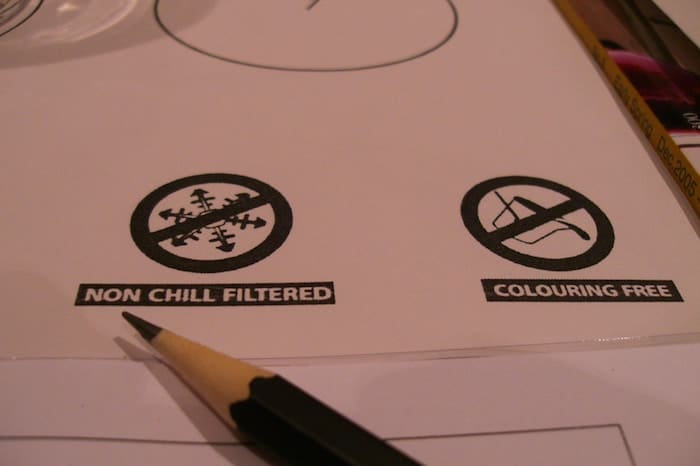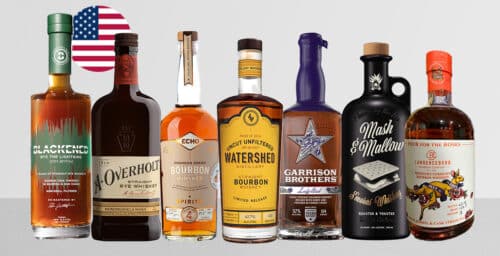Editor’s Note: We’ve just launched sign ups for our upcoming The Whiskey Wash newsletter. Click here to join our list and stay informed!
Chill filtration is a process that consists of chilling a whiskey to about 0 degrees Celsius and running it through a fin absorption filter. The process removes various residues (mainly esters, or organic compounds formed by replacing the hydrogen of an acid by an alkyl or other organic group) prior to bottling. A non-filtered whisky that is 44% ABV or lower (some say it’s 46%) will turn cloudy when water or ice is added. Believing that many consumers would see this as a defect, some distillers opt to use chill-filtration to prevent this from happening.
According to the minds behind Whisky for Everyone, chill filtration is “mainly cosmetic.” Distillers that choose to chill filter contend that the process does not alter the taste and operates as a mechanism to produce a more consistent product. Yet some traditionalist critics believe that removing the natural fatty acids, esters and proteins during chill filtration alters the spirit’s aroma and flavor characteristics, produces produces a diluted, less sophisticated version of a non-chill filtered whisky.

Bruichladdich, for example, opts not to use chill filtration because it bottles at a higher strength and stands by the science that says the ethyl acetate (ethanol oxidizes to acetaldehyde that oxidizes to an acetic acid which reacts with alcohol to become ethyl acetate) – a common ester – does in fact contribute to its flavor character. They would rather “a haze in the glass than to lose the flavor and texture created all those years ago during fermentation and ameliorated over years of maturation.”
So who is right about chill filtration?
According to a 2014 experiment by Horst Luning from Whisky.com, he determined that of 111 experienced whisky connoisseurs from Germany who tasted 1,331 samples of high-quality single malt Scotch whiskies, only 45% could identify the chill filtered whiskies correctly. Thus, he concluded, chill filtration cannot be identified by the consumer (for the record, non-chill filtered whiskies received the same exact quality rating as their chill filtered counterparts). You can learn more about Horst’s experiment here.
However, since it doesn’t appear that anybody has released the same line of whisky in both forms, the debate remains a matter of preference.
So, if you find yourself at the liquor store unable to choose between a chill filtered and non-chill filtered whisky, try to remember that it’s purely aesthetics at stake. As always, trust your nose and taste buds, not marketing gimmicks.







